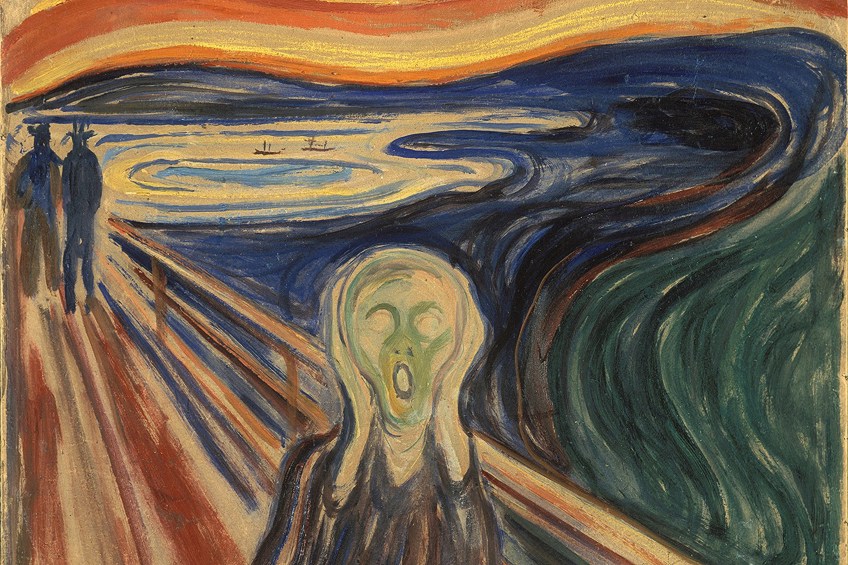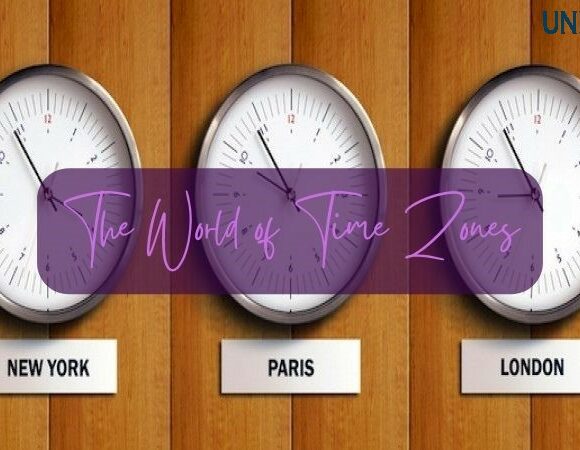Unveiling the Unconventional: 7 Revolutionary Artworks That Shook the World

Art has the remarkable ability to transcend boundaries, challenge conventions, and evoke powerful emotions. Throughout history, there have been numerous pieces of art that have pushed boundaries, sparked controversy, and left an indelible impact on society. In this blog post, we will explore seven such artworks that have shaken up the world, provoking discussions and redefining the boundaries of artistic expression.
- “Guernica” by Pablo Picasso (1937): Pablo Picasso’s “Guernica” stands as a testament to the horrors of war and the brutality inflicted upon innocent civilians. Created in response to the Spanish Civil War, this monumental painting portrays the devastating bombing of the town of Guernica. Picasso’s use of fragmented forms and stark monochromatic palette conveys the anguish and suffering caused by conflict, making it a powerful symbol of anti-war sentiment.
- “Fountain” by Marcel Duchamp (1917): Marcel Duchamp’s “Fountain” is arguably one of the most influential artworks of the 20th century, challenging traditional notions of art. This readymade sculpture consisted of a standard urinal, signed with the pseudonym “R. Mutt.” Duchamp’s provocative act of presenting a mass-produced object as art questioned the very definition of artistic creation and opened the doors to conceptual art, forever changing the art world.
- “Les Demoiselles d’Avignon” by Pablo Picasso (1907): “Les Demoiselles d’Avignon” marked a significant departure from traditional art and heralded the arrival of Cubism. Picasso’s painting depicts five nude female figures, with angular and fragmented forms influenced by African tribal masks. The radical composition and distortion of space shocked the art world, laying the foundation for a new artistic language that would reshape modern art.
- “The Birth of Venus” by Sandro Botticelli (1484-1486): Sandro Botticelli’s iconic Renaissance painting, “The Birth of Venus,” caused a stir with its unconventional subject matter and portrayal of nudity. Depicting the Roman goddess emerging from the sea on a seashell, the painting challenged societal norms and religious conventions of the time. Its sensual beauty and mythological references continue to captivate audiences to this day.
- “Campbell’s Soup Cans” by Andy Warhol (1962): Andy Warhol’s series of paintings featuring Campbell’s Soup cans became synonymous with Pop Art and challenged the distinction between high art and consumer culture. Warhol’s replication of mass-produced soup cans in a meticulous manner questioned the concept of originality and raised questions about the role of art in an increasingly commercialized society.
- “The Scream” by Edvard Munch (1893): “The Scream” is one of the most iconic and haunting images in art history. Depicting a figure in distress against a blood-red sky, Edvard Munch’s masterpiece captures the existential angst and psychological turmoil of the modern human condition. Its expressionistic style and universal themes of anxiety struck a chord with audiences, resonating deeply with people across generations.
- “The Persistence of Memory” by Salvador Dalí (1931): Salvador Dalí’s surrealist masterpiece, “The Persistence of Memory,” challenges our perception of reality and time. The melting clocks draped over objects create a dreamlike and irrational atmosphere, blurring the boundaries between the conscious and subconscious. This painting continues to intrigue and unsettle viewers, embodying the spirit of surrealism and its impact on the art world.
Picture Courtesy: Google/images are subject to copyright








